
Cape Egmont Lighthouse New Zealand
A historic cast-iron lighthouse on the rugged Taranaki coast, often framed by the majestic Mount Taranaki.
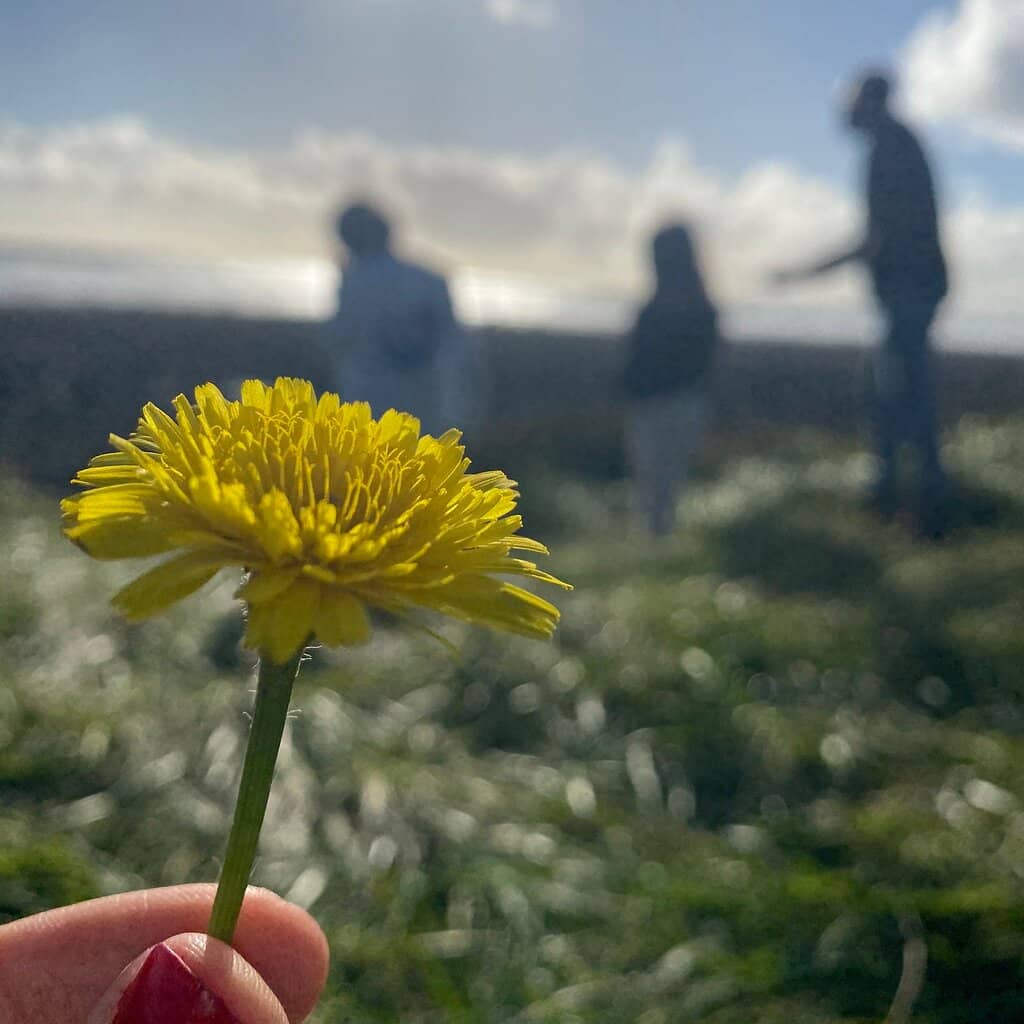
Highlights
Must-see attractions
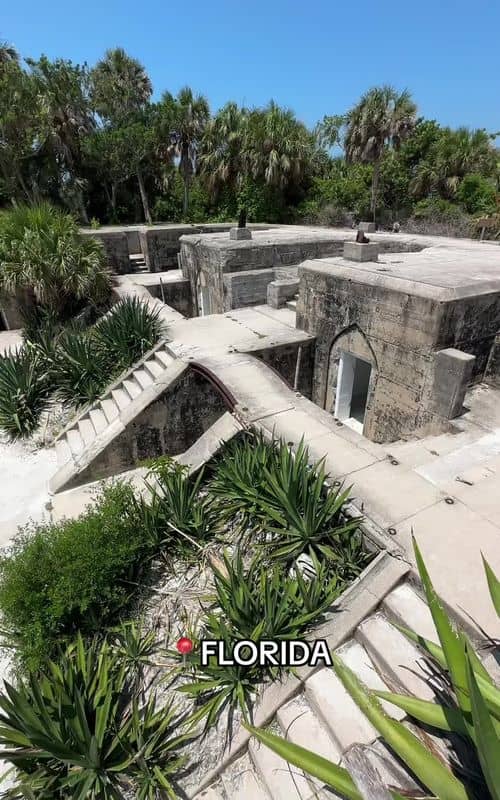
Social
From TikTok & Reddit
Best Time
Golden hour magic

Cape Egmont Lighthouse New Zealand
Best Time
Golden hour magic

Highlights
Must-see attractions
A historic cast-iron lighthouse on the rugged Taranaki coast, often framed by the majestic Mount Taranaki.
"Stunning views of the lighthouse and Mount Taranaki, especially magical at sunset."
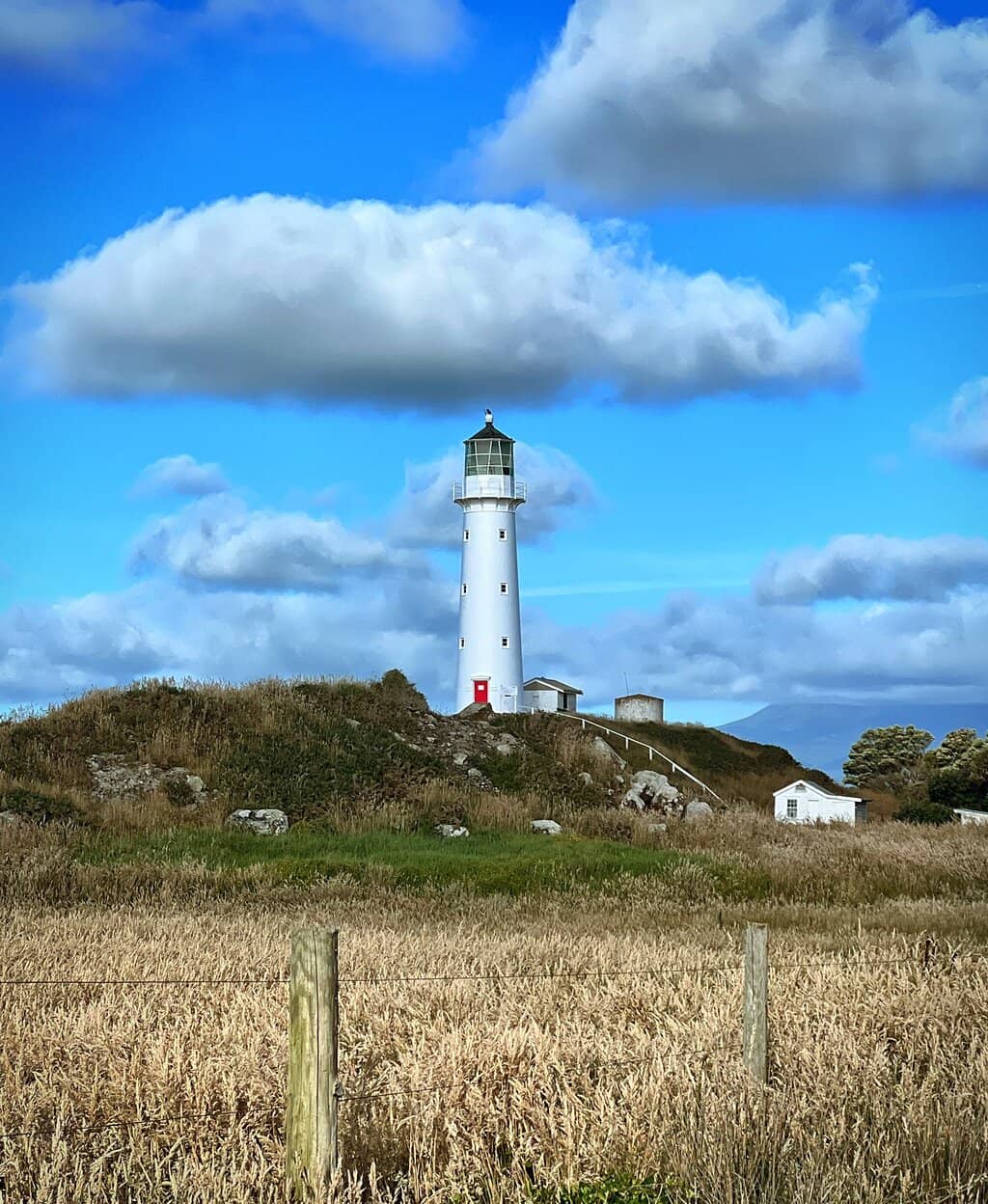
🚗 Access Road Caution
The road to the lighthouse narrows; drive carefully and yield to larger vehicles.
🥾 Stick to Marked Trails
Respect private property by staying on designated paths to avoid issues.

Highlights
Discover the most iconic attractions and experiences
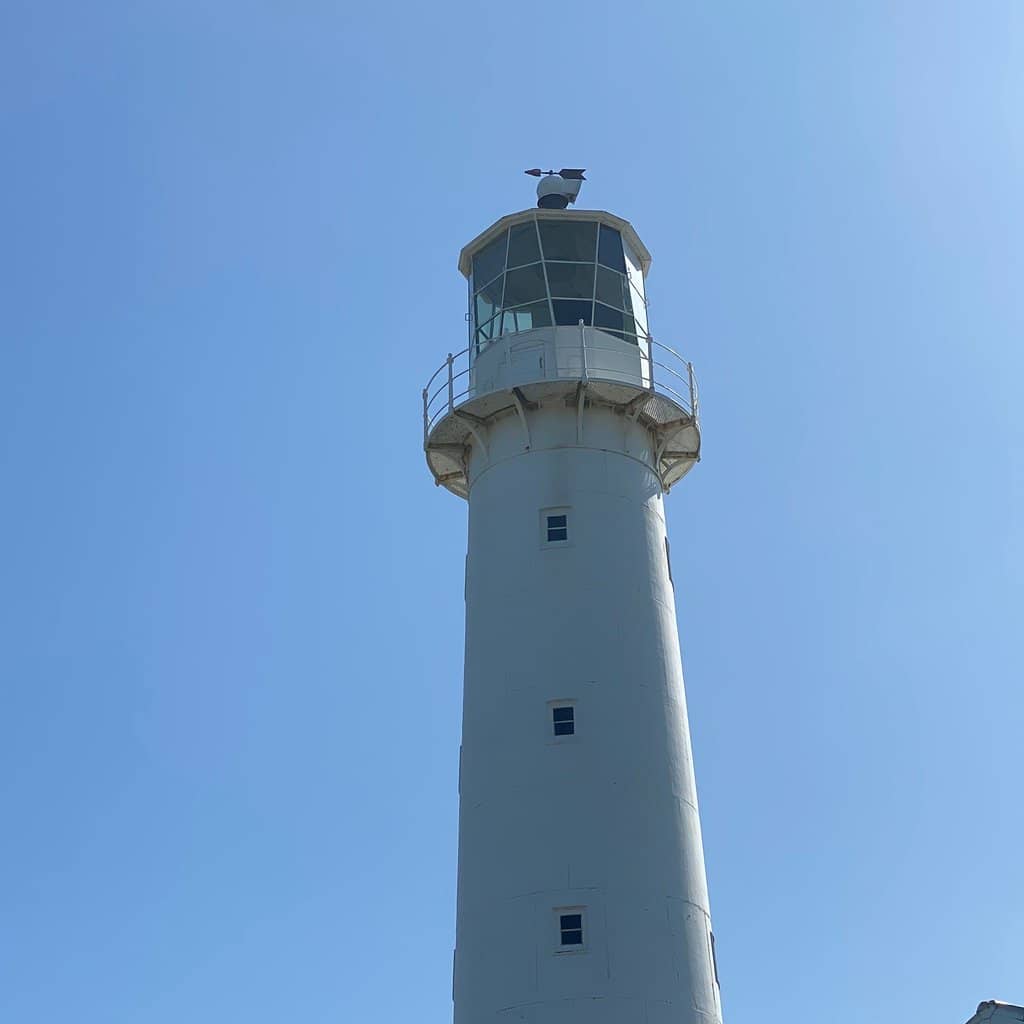
Cape Egmont Lighthouse
Pungarehu, Taranaki
Iconic cast-iron tower offering panoramic views of the rugged Taranaki coastline.

Mount Taranaki Backdrop
Visible from lighthouse grounds
Majestic snow-capped mountain often frames the lighthouse, creating a breathtaking scene.
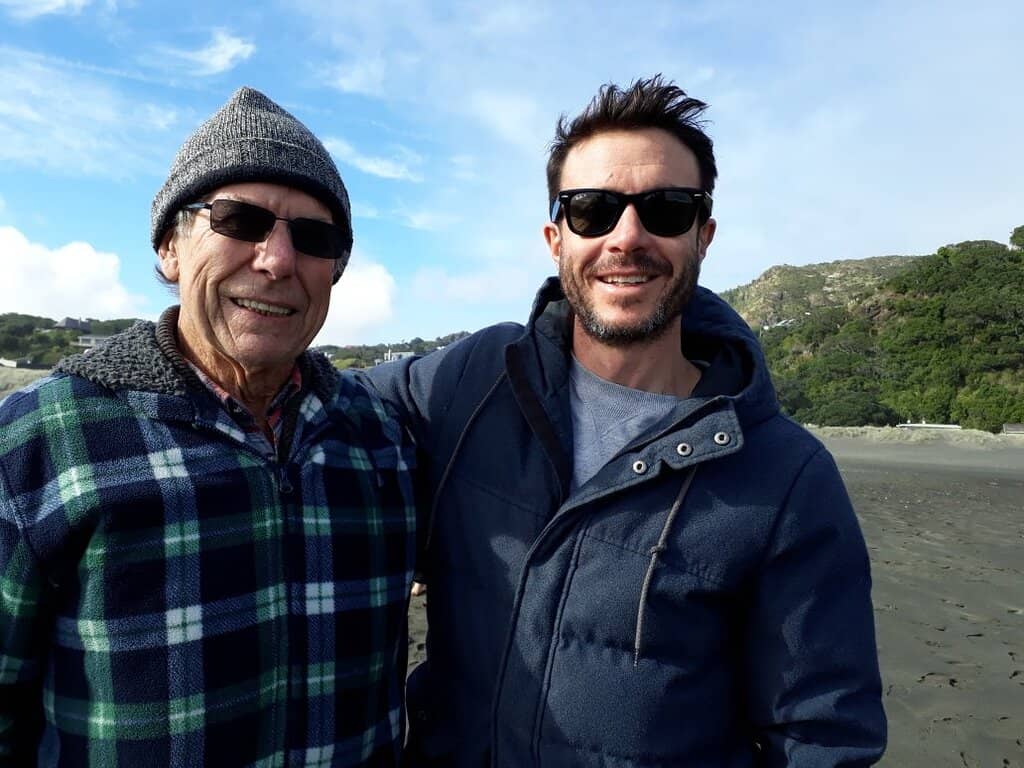
Coastal Scenery
Surrounding coastline
Enjoy the dramatic Taranaki coastline, with waves crashing on pebble beaches.
Plans like a pro.
Thinks like you
Planning Your Visit
Respect Private Property
Timing is Key for Views
Best Times
Insider Tips
from TikTok, Instagram & Reddit
🚗 Access Road Caution
The road to the lighthouse narrows; drive carefully and yield to larger vehicles.
🥾 Stick to Marked Trails
Respect private property by staying on designated paths to avoid issues.
📸 Capture the Iconic View
Aim for shots with both the lighthouse and Mount Taranaki for a classic Taranaki postcard.
🚫 No Facilities Onsite
There are no toilets or camping allowed, so plan your visit accordingly.
Tips
from all over the internet
🚗 Access Road Caution
The road to the lighthouse narrows; drive carefully and yield to larger vehicles.
🥾 Stick to Marked Trails
Respect private property by staying on designated paths to avoid issues.
📸 Capture the Iconic View
Aim for shots with both the lighthouse and Mount Taranaki for a classic Taranaki postcard.
🚫 No Facilities Onsite
There are no toilets or camping allowed, so plan your visit accordingly.
⏳ Check Weather for Mt Taranaki
Clouds can obscure Mount Taranaki; check forecasts for the best chance of a clear view.
What Travellers Say
Reviews Summary
Visitors praise Cape Egmont Lighthouse for its stunning coastal location and the iconic backdrop of Mount Taranaki, especially during sunset. The historic lighthouse itself is a point of interest, offering a glimpse into maritime history. However, some note the lack of facilities and the importance of respecting private property boundaries.
"Located in a quite serene and tranquil landscape, Cape Egmont lighthouse stands as a prominent west coast landmark on the rugged Taranaki coastline, about seven kilometres away from Pungarehu on the state highway 45. Its flashing white light, once every eight seconds, guide ships up to 19 nautical miles away.
This distinctive cast-iron tower, reaching 20 meters in height, has a rich and migratory history. Originally manufactured in London in 1864, the lighthouse was first assembled on Mana Island near Wellington in 1865. However, its position proved problematic, often confused with the nearby Pencarrow Headlight, leading to several shipping accidents. Consequently, in 1877, the decision was made to dismantle the lighthouse and relocate it to a new site at cape Egmont.
The massive cast-iron segments were painstakingly transported by surfboats and then carted by bullock teams. The light finally shone at its new home on August 1, 1881. But it had been somewhat chaotic scenario in the early years by the presence of armed battalion stationed at the lighthouse due to the Taranaki land wars. It also underwent a period of resistance from the nearby Māori settlement of Parihaka, who opposed its construction. There had been records of lighthouse keepers constantly disobeying the army commanders controlling the area too.
The lighthouse was electrified in 1951, initially by diesel generators and in 1957 connected to the mains power. It was fully automated in 1986, and the original lens is now housed in a replica tower at the nearby Cape Egmont Boating Club, which also serves as a museum, offering visitors a deeper insight into the lighthouse's fascinating past and Taranaki's maritime heritage.
This lighthouse is surrounded by private lands so please take care and respect their privacy. There is a public carpark at the end of the road, few metres away from the light house. Please note there are no toilet facilities and camping or overnight stays are prohibited."
Thilal Pandith
"Easy to miss entrance but understandable as it is somebody’s property as well. When it is open you will pass through a gate and be guided by a rope fencing up to the stairs to the lighthouse. The lighthouse itself tells a bit about its history and the hill it’s situated on gives you a nice view of the area and the mount. Theres a small green area around the base for you to step back and take photos but beware of the prickly brush!"
Thecrosseyedcat
"This was a nice little stop before heading back to Auckland. There are a couple of private properties in the area, so make sure to stick to the marked trails to avoid any issues. We decided not to get too close to the lighthouse since it was getting late and the sun was starting to set. It’s a peaceful spot, great for a quick visit, but plan your timing if you want to explore more."
A. Moe
What People Like
What People Dislike
Frequently Asked Questions
🚇 🗺️ Getting There
The lighthouse is located off State Highway 45, about 7 km from Pungarehu. The final approach is via a tar-sealed private road. Be mindful that the road narrows, so drive with caution.
Yes, there is a public car park at the end of the road, a few meters from the lighthouse. Parking is generally ample, especially on the right side of the road.
You can drive to a public car park near the lighthouse. From there, it's a short, easy walk, including some steps, to reach the lighthouse itself.
The road turns from two lanes to a single narrow lane. It's advisable to take care and be prepared to give way to larger vehicles.
Public transport options are limited in this rural area. It's generally recommended to have your own vehicle for easy access to Cape Egmont Lighthouse.
🎫 🎫 Tickets & Entry
No, there is no admission fee to visit the exterior of Cape Egmont Lighthouse. It's a free public access point, though the surrounding land is private.
The lighthouse grounds are generally accessible during daylight hours. However, access to the interior or specific museum exhibits may vary.
Access to the interior of the lighthouse is not always guaranteed and may depend on specific opening times or guided tours, if available. The original lens is in a replica tower at the Boating Club.
There is no entrance fee to view the Cape Egmont Lighthouse from the outside. It's a scenic stop on the Taranaki coastal highway.
Yes, the lighthouse is surrounded by private land. Visitors must stick to marked trails and respect the privacy of the property owners. Camping and overnight stays are prohibited.
📸 📸 Photography
Sunset offers dramatic lighting and is a popular time for photographers. Clear mornings can also provide excellent opportunities, especially if Mount Taranaki is visible.
The lighthouse itself is picturesque, and its location often provides a stunning backdrop of Mount Taranaki, creating iconic New Zealand landscape shots.
Drone usage regulations can vary. It's always best to check current New Zealand drone laws and local advisories before flying near the lighthouse or private property.
You can capture wide-angle shots of the lighthouse with the coastline, telephoto shots of Mount Taranaki, and close-ups of the lighthouse's unique structure.
Be mindful of the prickly brush around the base of the lighthouse and ensure you are on public access areas to respect private property.
🎫 ℹ️ Onsite Experience
You can admire the historic lighthouse, enjoy the coastal views, and take photos. The surrounding area offers a peaceful environment for a short visit.
No, there are no toilet facilities or cafes directly at the lighthouse. Visitors should come prepared and plan accordingly.
A quick visit can take around 30 minutes to an hour to admire the lighthouse and take photos. If you're waiting for sunset or exploring the immediate surroundings, you might spend longer.
The walk from the car park to the lighthouse is generally easy, involving a few steps. It's accessible for most visitors.
Originally built in London in 1864, it was first located on Mana Island before being moved to Cape Egmont in 1881 due to navigational confusion. It was automated in 1986.
For Different Travelers
Tailored advice for your travel style
👨👩👧 Families with Kids
Key tips for families: Bring snacks and drinks as there are no facilities. Ensure children stay on marked paths due to surrounding private land. While the lighthouse itself is the main attraction, the drive along the Taranaki coast offers other points of interest that can be combined for a fuller day trip.
📸 Photography Enthusiasts
Consider bringing a wide-angle lens to capture the grandeur of the lighthouse and its surroundings, and a telephoto lens for detailed shots of Mount Taranaki. Remember to check local drone regulations if you plan to capture aerial footage. The rugged coastline provides ample opportunities for seascape photography as well.
🚗 Road Trippers
Pro-tip: Combine your visit with a stop at Lake Mangamahoe or explore the nearby Three Sisters Lookout for a well-rounded coastal exploration. Remember to drive cautiously on the narrow access road and be aware of private property boundaries.
Deep Dives
In-depth insights and expert knowledge
A Beacon of History: The Story of Cape Egmont Lighthouse
The dismantling and reassembly process was a feat of engineering and labor. Massive cast-iron segments were transported by surfboats and then hauled by bullock teams to the new site at Cape Egmont. The light finally began its vigil on August 1, 1881. The early years were marked by unique challenges, including the presence of an armed battalion due to the Taranaki land wars and initial resistance from the nearby Māori settlement of Parihaka.
Over the decades, the lighthouse evolved. It was electrified in 1951 and fully automated in 1986. Today, the original lens is preserved in a replica tower at the nearby Cape Egmont Boating Club, which also serves as a museum, offering a deeper dive into the lighthouse's fascinating past and Taranaki's maritime heritage.
Capturing the Magic: Photography Tips for Cape Egmont
Sunset is a particularly magical time for photography here, bathing the landscape in golden light and creating stunning silhouettes. However, even on a cloudy day, the rugged Taranaki coastline offers a compelling scene. Be prepared for varying light conditions and consider bringing a tripod for sharper images, especially during lower light hours.
When composing your shots, remember to respect the surrounding private property. Stick to the marked paths and be mindful of the natural terrain, which can include prickly brush. Experiment with different angles, from wide-angle vistas showcasing the entire scene to closer shots highlighting the lighthouse's intricate ironwork.
Navigating the Taranaki Coastline
As you approach the lighthouse, the road narrows significantly, transitioning from a two-lane highway to a single, winding lane. Drivers are advised to exercise caution and be prepared to yield to oncoming traffic, especially larger vehicles. This careful approach ensures a safer and more pleasant drive for everyone exploring this part of the North Island.
Upon arrival, a public car park is available at the end of the access road. From here, a short, easy walk, including some steps, leads you to the lighthouse. While there are no facilities like toilets or cafes directly at the site, the peaceful atmosphere and stunning views make it a worthwhile stop on any Taranaki itinerary.

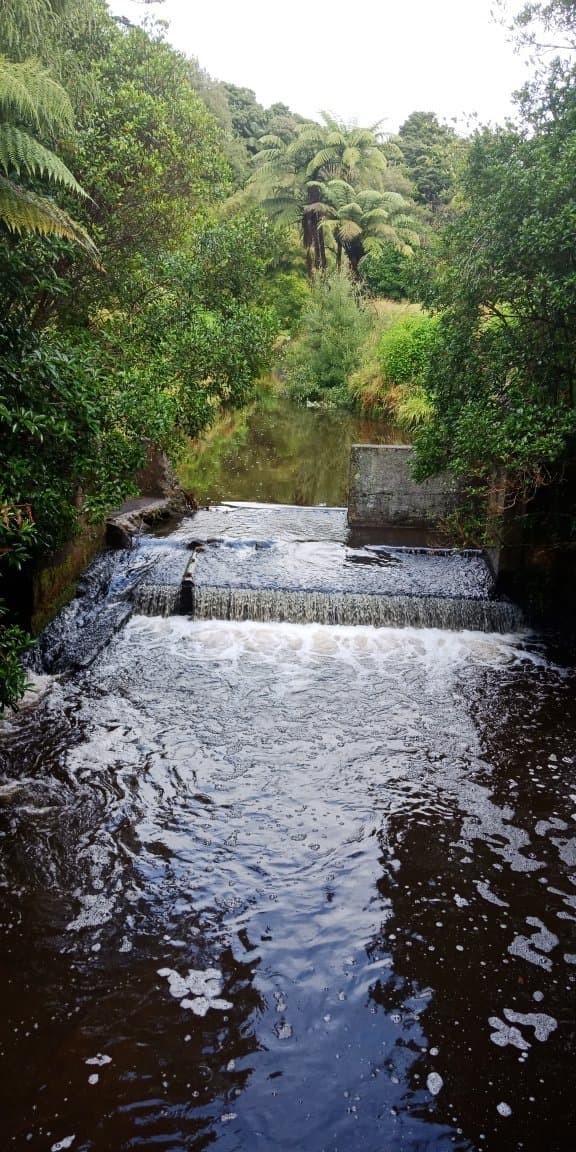

Social
from TikTok, Instagram & Reddit